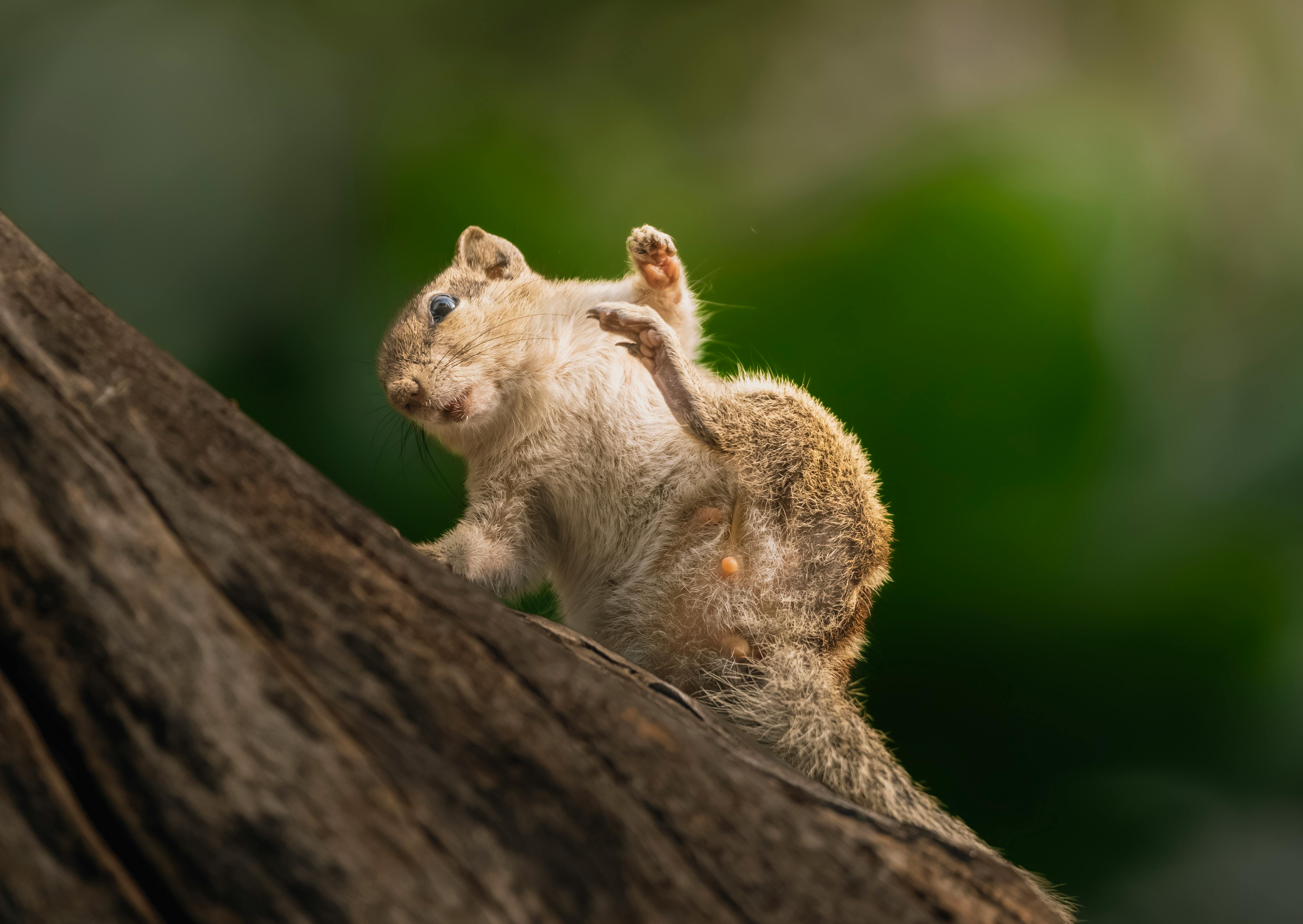Top 5 Effective Solutions for Your 75 Gallon Terrarium in 2025

Top 5 Effective Solutions for Your 75 Gallon Terrarium
Understanding Your 75 Gallon Terrarium Needs
A 75-gallon terrarium represents an exciting venture into indoor gardening. It's ideal for anyone looking to create a vibrant ecosystem under glass. This size allows for a rich variety of plants, such as tropical flora, succulents, or a mix of both, enabling users to design a miniature garden reflective of their style. Choosing the right setup and materials is crucial for ensuring the health and growth of your chosen plants.
With the right strategies, your large terrarium can flourish, providing not just aesthetic value but also contributing positively to your indoor air quality. Terrariums are known for their ability to enhance well-being, so let's dive into practical solutions that can help you create an exceptional enclosed garden experience.
Solution 1: Selecting Suitable Plants for Your Terrarium
The selection of plants for your 75-gallon glass terrarium is paramount. Consider choosing a mix of tropical plants and succulents based on their compatibility. For a tropical terrarium, opt for species like ferns, bromeliads, and peace lilies, which thrive in high humidity and low light. Succulents, on the other hand, require well-draining conditions, making them suitable for an open terrarium design.
When planning your garden, ensure to consider plant height and growth habits, which will help maintain visual appeal while also promoting proper air circulation. Moreover, grouping plants with similar water and light needs optimizes their growth and keeps the terrarium thriving.
For more insights on plant compatibility, refer to our article on terrarium plants selection guide.
Solution 2: Effective Terrarium Setup and Maintenance
Setting up your 75-gallon terrarium requires careful planning of the internal environment. Begin with a robust substrate that allows for drainage. Layering materials such as small rocks, charcoal, and potting soil fosters a balanced ecosystem. The right terrarium drainage can prevent water from pooling, which is essential to avoid root rot.
Maintaining optimal humidity and temperature is also critical. Regularly monitor humidity levels using a hygrometer, and adjust humidity and water accordingly using a moisture management technique. Both open and closed terrariums have unique care requirements, so understanding these differences can lead to successful terrarium gardening.
Implement creative solutions for maintaining your terrarium environment, such as using a sealed glass enclosure to maintain moisture or allowing ventilation for air circulation. For practical tips on terrarium maintenance, check out our terrarium maintenance tips.
Solution 3: Utilizing Decorative Elements
Incorporating decorative elements can enhance the visual appeal of your terrarium. From miniature garden figurines to carefully selected stones, these components can provide a more vibrant setting. When constructing your indoor garden, choose decor that matches your theme—be it rustic, whimsical, or modern.
Moss can serve as an attractive and functional decorative layer, helping with moisture retention while also providing texture. Consider using terrarium furniture, such as small benches or rocks, to create a multi-dimensional landscape. This will allow viewers to appreciate the flora from diverse angles.
Engaging your creative side while selecting terrarium accessories can be a fulfilling part of the project, ensuring that your 75-gallon glass terrarium embodies your personal aesthetic.
For further inspiration, visit our section on crafting terrarium decor.
Solution 4: Emphasizing Lighting Options
Lighting plays a significant role in maintaining the health of your plants. For a 75-gallon terrarium, consider using full-spectrum grow lights if natural sunlight is limited. These LED lights mimic natural light conditions, encouraging photosynthesis even in challenging indoor environments.
Be cautious with light placement to avoid overheating, as some plants may have different lighting needs. Position the lights to provide adequate illumination while ensuring no direct heat exposure. Balancing light duration is also key; most plants do best with 12-14 hours of light a day.
Monitor how your plants respond to the light and adjust accordingly. This will help promote vibrant health and growth in your terrarium ecosystem.
For additional details on lighting options, refer to our guide on terrarium lighting options.
Solution 5: Innovative Terrarium Projects
Engaging in innovative terrarium projects can significantly enhance your gardening experience. Building self-sustaining terrariums is one of the most gratifying experiences in indoor gardening. These ecosystems mimic natural environments and can maintain themselves with minimal intervention.
Incorporating seasonal changes into your terrarium design allows for dynamic visual appeal. Creating a moss terrarium or adding seasonal plants can further diversify the aesthetic, making the garden feel alive and ever-changing.
Consider also exploring community gardening with terrariums—joining a local group where you can share ideas, plants, and techniques will expand your knowledge and inspire your efforts.
For those interested in more creative terrarium experiences, check out our resources on terrarium projects and inspiration.
Q&A Section: Common Questions About 75 Gallon Terrariums
What are the best plants for a 75-gallon terrarium?
The best plants depend on the environment you want to create. For tropical terrariums, consider ferns, orchids, and bromeliads. For a succulent setup, choose varieties like Echeveria and Haworthia to ensure a successful growth environment.
How often should I water my terrarium?
Watering frequency can vary, but as a general rule, check the soil moisture weekly. If the soil is dry, it’s time to water. Closed terrariums retain moisture better, so they typically require less frequent watering.
Can I include animals in my terrarium?
Introducing small animals can be feasible, but you must ensure they are suitable for the terrarium ecosystem. Avoid larger species that could disrupt the plant life and consider snails or small insects that won’t harm the plants.
What are common mistakes to avoid while setting up a terrarium?
Common mistakes include poor drainage, overcrowding plants, and improper lighting conditions. Always research plant compatibility and ensure that water and light needs are met.
How can I troubleshoot terrarium issues?
Identifying problems early is key to maintaining a healthy terrarium. Keep an eye out for yellowing leaves or mold, which could indicate overwatering. Adjust your care routine as necessary, and don't hesitate to remove affected plants to prevent spread.